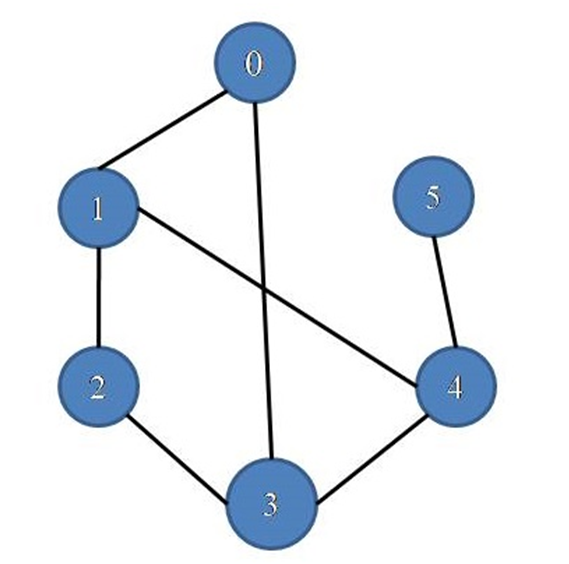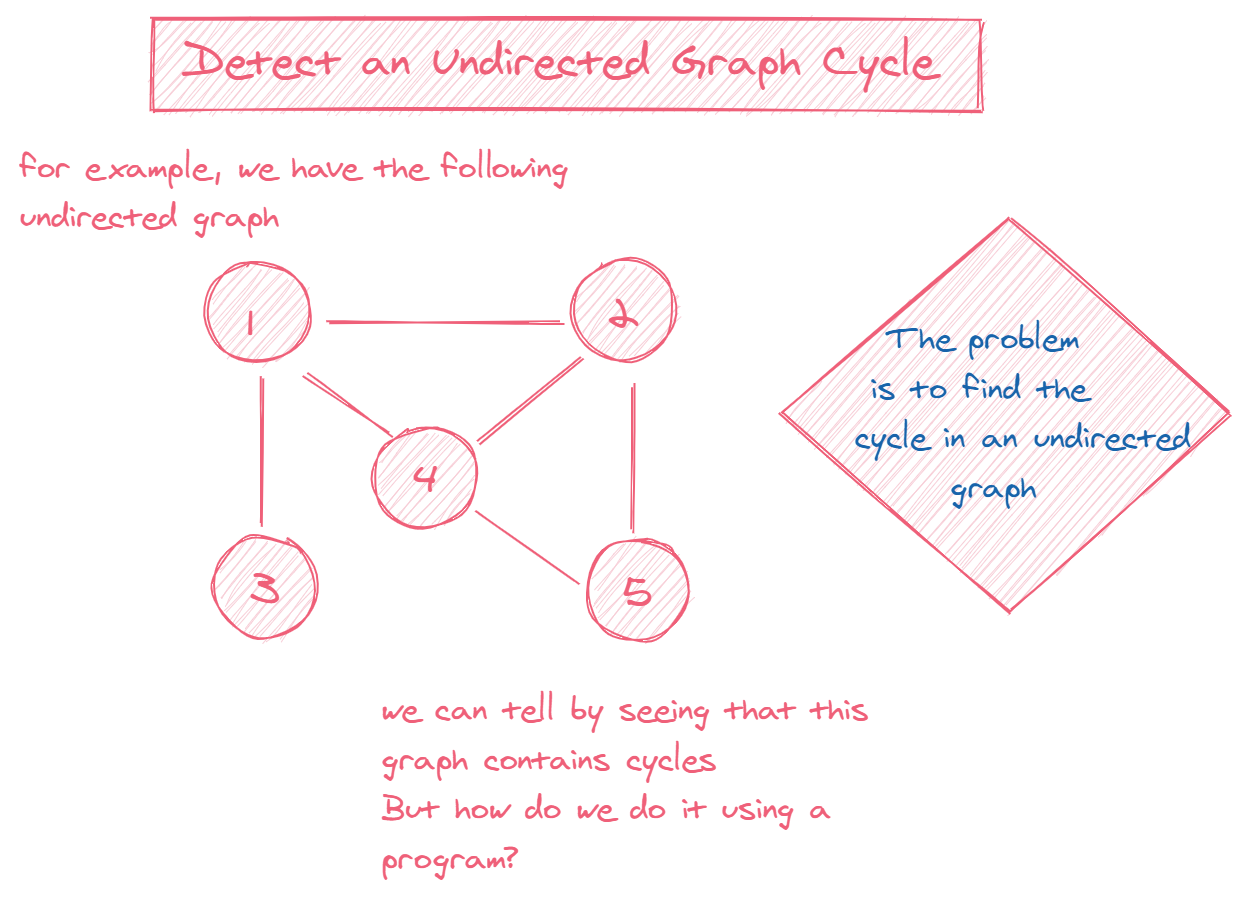Print cycle in undirected graph – Actually the code below is returning if the graph contains a cycle, but i also want. Web count all hamiltonian paths in a given directed graph; Web print all the cycles in an undirected graph in c++ algorithm. Web can we detect a cycle in an undirected graph? I know how to detect cycle in an undirected graph but can't determine how to find the vertices involved in the cycle. Node which doesn’t occurs in any cycle is 1. Web like directed graphs, we can use dfs to detect a cycle in an undirected graph in o (v+e) time. /* other code */ if (temp==0) { temp=1;
Find an o (e + v) time algorithm that. Web i want to print the cycle in an undirected graph. Graph is in the form of adjacency list where adj[i] contains all the nodes ith. Web given a undirected graph of v vertices and e edges. You should print true if the given graph contains at least one cycle, else. We have discussed dfs based solution for cycle detection in an. Cout<<there is a cycle in the graph\n; If a graph doesn't include any cycles, it is deemed to be acyclic;
If it does, it is considered to be cyclic.
Cycle Detection in an Undirected Graph
Web print all the cycles in a directed graph asked 3 years, 2 months ago modified 3 years, 2 months ago viewed 671 times 0 we can use the algorithm stated here to find the number. You should print true if the given graph contains at least one cycle, else. So i want to know how to not only detect cycle but also print out vertices. Web print all the cycles in an undirected graph in c++ algorithm. Find an o (e + v) time algorithm that. Web can we detect a cycle in an undirected graph? Node which doesn’t occurs in any cycle is 1. Web count all hamiltonian paths in a given directed graph;
If it does, it is considered to be cyclic.
AlgoDaily Detect An Undirected Graph Cycle Description
I know how to detect cycle in an undirected graph but can't determine how to find the vertices involved in the cycle. Node which doesn’t occurs in any cycle is 1. Web i really don't know how to modify the code to print each cycle that has been found. Web given a undirected graph of v vertices and e edges. Web given an undirected graph with v vertices and e edges, check whether it contains any cycle or not. Detect cycle in the graph using degrees of nodes of graph; Web count all hamiltonian paths in a given directed graph; Call dfs traversal for the graph which can color the vertices.
Web can we detect a cycle in an undirected graph?
Web i want to print the cycle in an undirected graph. Detect cycle in the graph using degrees of nodes of graph; Web i really don't know how to modify the code to print each cycle that has been found. For every visited vertex v, when we have found any. Node which doesn’t occurs in any cycle is 1. Web can we detect a cycle in an undirected graph? Call dfs traversal for the graph which can color the vertices.
If a graph doesn't include any cycles, it is deemed to be acyclic; Web given an undirected graph with v vertices and e edges, check whether it contains any cycle or not. We have discussed dfs based solution for cycle detection in an. Web is there any way to find and print all of the cycles in an undirected graph? Web like directed graphs, we can use dfs to detect a cycle in an undirected graph in o (v+e) time. Graph is in the form of adjacency list where adj[i] contains all the nodes ith.

Printer Review is a website that provides comprehensive and insightful information about various types of printers available in the market. With a team of experienced writers and experts in the field, Printer Review aims to assist consumers in making informed decisions when purchasing printers for personal or professional use.

